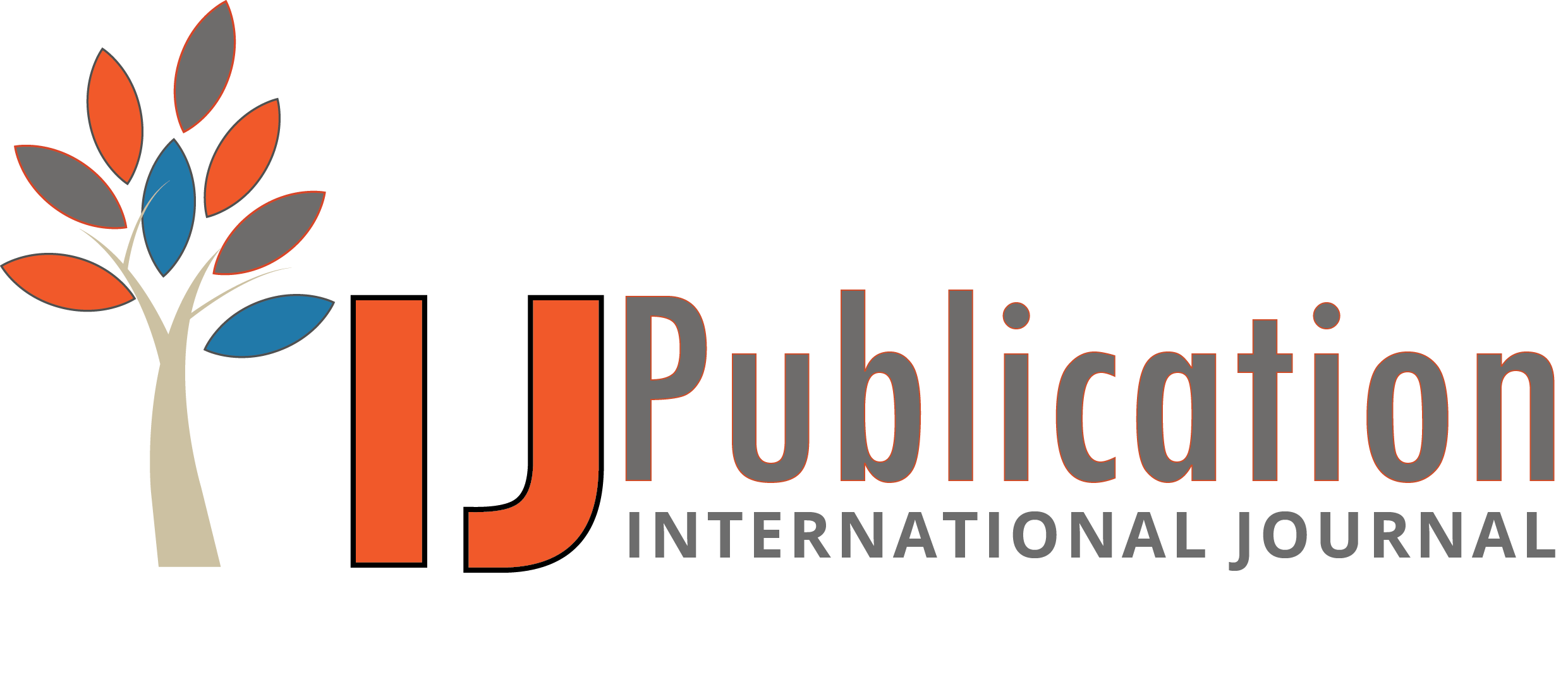Balachandar Ramalingam Reviewer
16 Oct 2024 03:46 PM
 Approved
Approved
Relevance and Originality
The research article addresses a critical issue in oncology—early detection of lung cancer, a leading cause of cancer-related deaths globally. The exploration of a hybrid approach that combines deep learning with Self-Organizing Maps (SOM) for classifying lung cancer subtypes is both relevant and original. This innovative methodology aims to enhance diagnostic accuracy, which is paramount for improving patient outcomes. By focusing on three specific cancer subtypes, the study contributes to the body of knowledge in cancer diagnostics and offers new avenues for research in medical imaging and artificial intelligence.
Methodology
The methodology employed in the study is robust, leveraging a pre-trained MobileNet model for feature extraction and utilizing SOM for dimensionality reduction. The choice of machine learning algorithms—Random Forest, LightGBM, and Decision Tree—for classification provides a comprehensive framework for evaluation. However, the article could improve by detailing the dataset used, including its size, diversity, and how images were selected and processed. Additionally, clarifying the specific parameters for thresholding and how they impact the detection of malignant cells would strengthen the methodological rigor.
Validity & Reliability
For the findings to be considered valid and reliable, the article should provide information on the dataset's representativeness and the validation techniques used to assess model performance. Discussing the metrics employed to evaluate classification accuracy, such as sensitivity, specificity, and ROC-AUC scores, would enhance the credibility of the results. Furthermore, addressing potential biases in the dataset or limitations in the model's performance could help in assessing the generalizability of the findings to broader clinical settings.
Clarity and Structure
The article is generally well-structured, moving logically from the introduction of the problem to the proposed solution and results. However, some sections could benefit from improved clarity, particularly the explanation of the hybrid approach and the roles of MobileNet and SOM. Simplifying complex technical jargon and providing clear definitions would make the content more accessible to a wider audience, including those less familiar with machine learning and medical imaging. Additionally, incorporating visual aids such as flow diagrams or sample images could enhance comprehension.
Result Analysis
The result analysis effectively summarizes the competitive classification accuracy achieved by the hybrid model, highlighting the performance of Random Forest and Decision Tree classifiers. However, the discussion could be expanded to include a more detailed interpretation of these results in the context of clinical practice. Providing insights into how the model's predictions could influence treatment decisions or patient management would enhance the practical relevance of the research. Furthermore, discussing any limitations observed during the classification process and suggesting areas for future research would contribute to a more comprehensive understanding of the topic.








Balachandar Ramalingam Reviewer